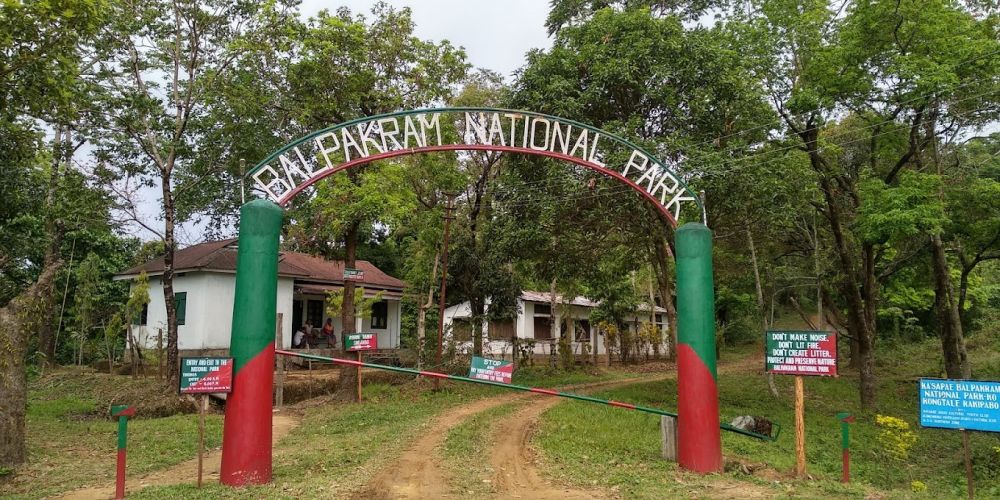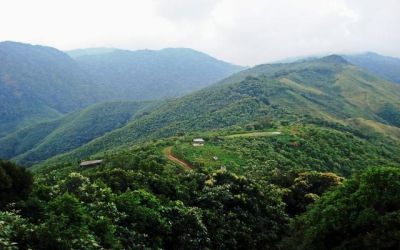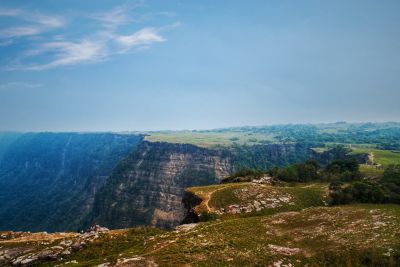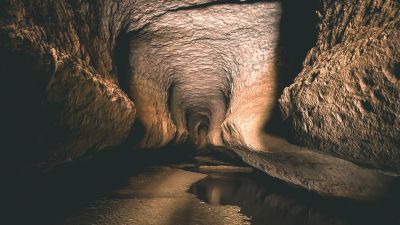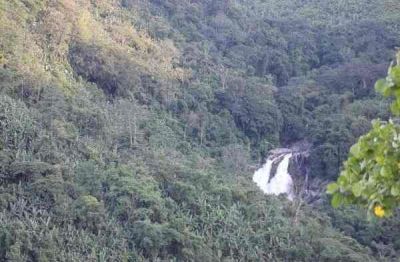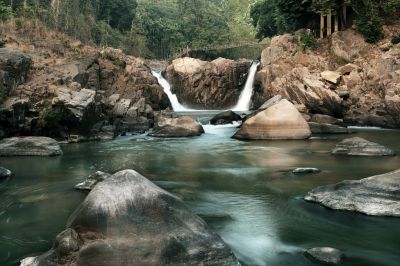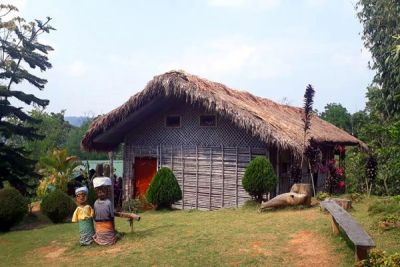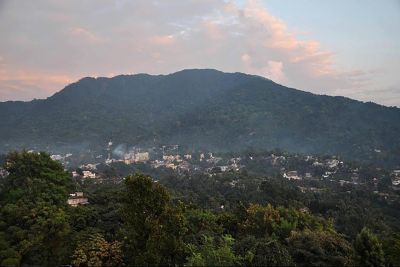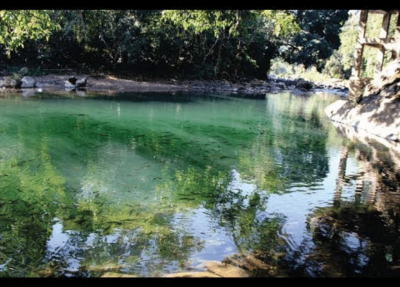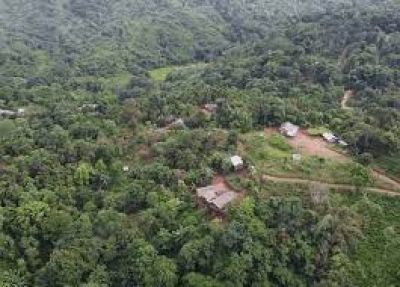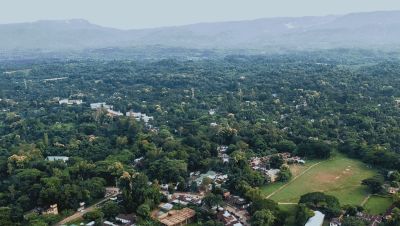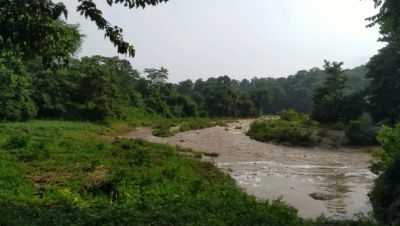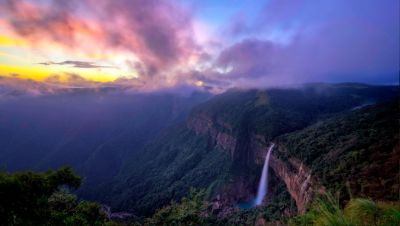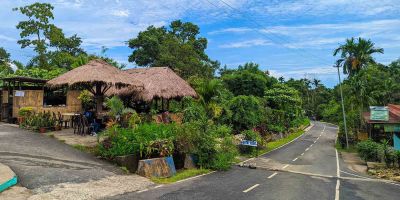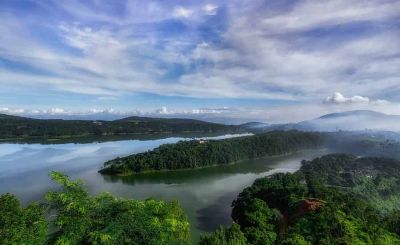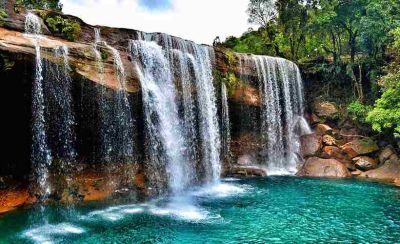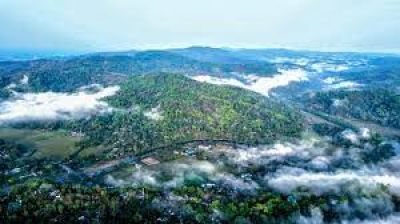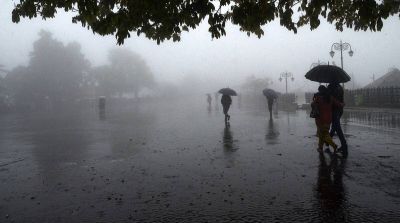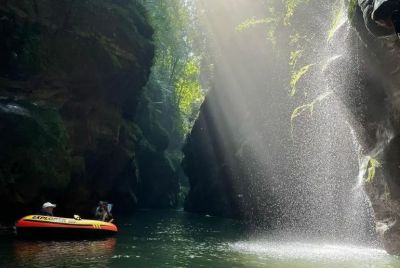Balpakram National Park: A Hidden Gem in Meghalaya, India
Introduction to Balpakram National Park
Nestled in the South Garo Hills district of Meghalaya, India, Balpakram National Park is a spectacular natural reserve that has captivated the hearts of nature lovers and adventure seekers. Known for its breathtaking landscapes and rich biodiversity, it is often referred to as the 'Land of Spirits' by the local Garo community. Balpakram, which means 'land of perpetual winds,' covers an area of approximately 220 square kilometers and was officially declared a national park in 1987.
History of Tourism at Balpakram National Park
Balpakram National Park has been a sacred site for the Garo people long before it became a haven for tourists. The park's mythical allure, linked to beliefs about the afterlife and spirits, has always intrigued visitors from around the globe. With the increase of ecological awareness and the growth of eco-tourism in India, Balpakram's popularity as a tourist destination rose significantly in the late 20th century.
Initially, tourism in the area was limited due to its remote location and lack of infrastructure. However, over the years, the Government of Meghalaya along with various environmental organizations have taken steps to develop sustainable tourism in Balpakram, thereby making it more accessible while maintaining its pristine environment. Today, tourism in Balpakram is associated with nature conservation and cultural preservation, an attraction for those who seek untouched natural beauty and cultural authenticity.
Wildlife and Ecosystem
The park is known for its diverse ecosystem, housing species such as the red panda, Asian elephants, barking deer, wild buffalo, and the rare and elusive marbled cat. Among its diverse flora are carnivorous plants like the pitcher plant, stunning orchids, and a range of medicinal herbs that pique the interest of botanists and researchers.
Latest Tourism Trends
The latest trend in tourism at Balpakram is the shift toward sustainable and responsible travel. Tourists are increasingly interested in experiences that allow them to immerse themselves in local culture and participate in conservation efforts. Homestays and community-led tours are gaining traction, offering visitors a chance to interact with the Garo tribespeople and learn about their traditions and way of life.
Adventure tourism is also becoming popular, with trekking and hiking trails that offer panoramic views of the imposing canyon-like landscape. Wildlife photography and birdwatching are other activities that attract tourists to Balpakram, as the park's ecological richness provides ample opportunities for capturing the majesty of nature through the lens.
Connectivity and Accessibility
The nearest town to the park is Baghmara, which is well-connected by road to Tura—the largest town in the Garo Hills. From Tura, regular transport services are available to Baghmara, and from there, visitors can hire local taxis to reach Balpakram National Park. As infrastructure improves, the park is set to become more accessible to a wider audience, further promoting the sustainable tourism objectives of the region.
Conservation and Challenges
While tourism has brought attention and economic benefits to the region, it has also posed significant challenges related to conservation. The balance between development and the preservation of Balpakram's sensitive ecosystems remains a key concern. As a result, there is a continuous effort from various stakeholders to implement ecologically responsible tourism practices that can minimize human impact while allowing visitors to appreciate the park's natural and cultural heritage.
